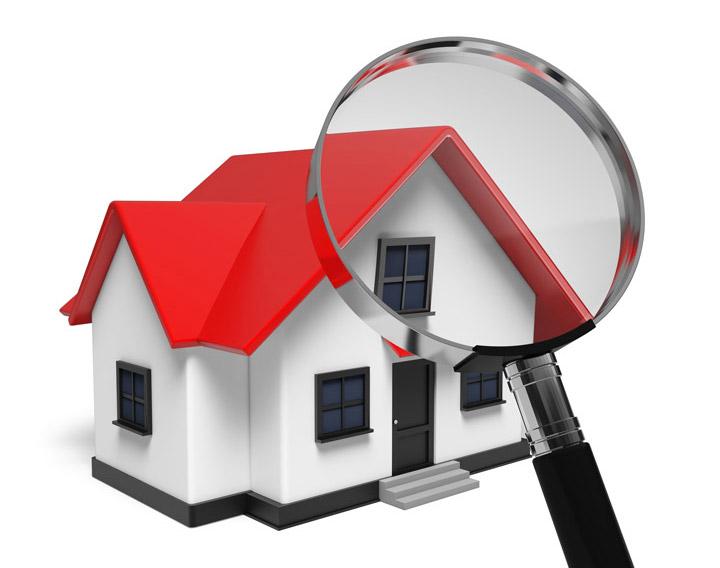
What Are the Components of an Appraisal?Buying a house can be the most serious transaction some of us could ever encounter. Whether it's where you raise your family, a second vacation home or an investment, the purchase of real property is a complex transaction that requires multiple parties to pull it all off. You're likely to be familiar with the parties taking part in the transaction. The real estate agent is the most known person in the transaction. Then, the mortgage company provides the financial capital required to bankroll the transaction. And ensuring all details of the transaction are completed and that the title is clear to transfer to the buyer from the seller is the title company. So, who's responsible for making sure the value of the real estate is in line with the amount being paid? In comes the appraiser. We provide an unbiased estimate of what a buyer could expect to pay — or a seller receive — for a parcel of real estate, where both buyer and seller are informed parties. A licensed, certified, professional appraiser from Sally Frasher will ensure, you as an interested party, are informed. Inspecting the subject propertyOur first responsibility at Sally Frasher is to inspect the property to determine its true status. We must see aspects of the property hands on, such as the number of bedrooms and bathrooms, the location, amenities, etc., to ensure they truly exist and are in the shape a typical buyer would expect them to be. To make sure the stated size of the property is accurate and illustrate the layout of the house, the inspection often includes creating a sketch of the floorplan. Most importantly, the appraiser looks for any obvious features - or defects - that would have an impact on the value of the house. Once the site has been inspected, we use two or three approaches to determining the value of the property: a sales comparison, a replacement cost calculation, and an income approach when rental properties are prevalent. 
Cost ApproachThis is where we analyze information on local construction costs, labor rates and other factors to ascertain how much it would cost to build a property comparable to the one being appraised. This value often sets the upper limit on what a property would sell for. The cost approach is also the least used predictor of value. 
Analyzing Comparable SalesAppraisers are intimately familiar with the neighborhoods in which they work. They thoroughly understand the value of particular features to the people of that area. Then, the appraiser looks up recent transactions in close proximity to the subject and finds properties which are 'comparable' to the subject at hand. Using knowledge of the value of certain items such as square footage, additional bathrooms, hardwood floors, fireplaces or view lots (just to name a few), we adjust the comparable properties so that they more accurately portray the features of subject.
A true estimate of what the subject could sell for can only be determined once all differences between the comps and the subject have been evaluated. When it comes to associating a value with features of homes in Middletown and Frederick, Sally Frasher is your local authority. This approach to value is most often awarded the most weight when an appraisal is for a home purchase. Valuation Using the Income ApproachA third way of valuing real estate is sometimes used when an area has a reasonable number of renter occupied properties. In this situation, the amount of revenue the property yields is taken into consideration along with other rents in the area for comparable properties to give an indicator of the current value. Arriving at a Value ConclusionExamining the data from all applicable approaches, the appraiser is then ready to put down an estimated market value for the subject property. The estimate of value on the appraisal report is not necessarily what's being paid for the property even though it is likely the best indication of what a property is worth. There are always mitigating factors such as seller motivation, urgency or 'bidding wars' that may adjust the final price up or down. But the appraised value is typically employed as a guideline for lenders who don't want to loan a buyer more money than the property is actually worth. It all comes down to this, an appraiser from Sally Frasher will guarantee you attain the most accurate property value, so you can make wise real estate decisions. |